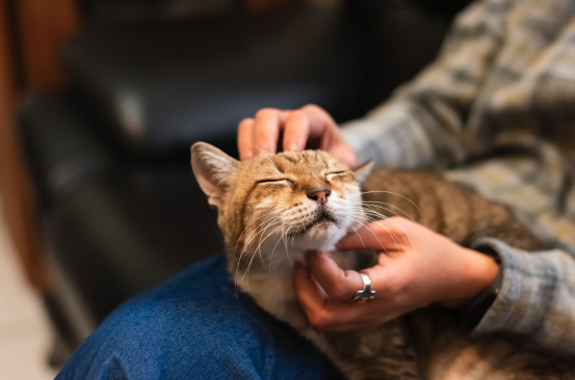Planning for your pet’s future is an act of love, especially if something happens to you. In the event of your death or incapacity, ensuring your pet is taken care of by a designated guardian is a crucial step. But it’s not enough just to choose a guardian—you need to leave them with clear instructions about how to care for your pet long-term. Here are 10 key things to communicate to your pet’s future guardian so they’ll be prepared to give your pet the best care possible in your absence.
- Daily Routine
Your pet thrives on routine, and consistency will help them adjust to the transition. Provide a detailed schedule for feeding times, walks, bathroom breaks, playtime, and sleep habits. The more your pet’s guardian can keep things “normal,” the easier it will be for your pet to adapt to their new life. - Feeding Instructions
Give specific instructions on what type of food your pet eats, how much, and how often. If your pet has any dietary restrictions, preferences, or allergies, be sure to mention those too. If there are favorite treats or particular brands your pet enjoys, it’s helpful for the guardian to know that as well. - Medical Needs and Health Records
Make sure your pet’s guardian has a copy of your pet’s complete medical history, including vaccinations, past surgeries, medications, and any ongoing health conditions. Be clear about any medications your pet is currently taking, how to administer them, and any potential side effects to watch for. Include the contact information for your pet’s regular vet and any specialists they may need. - Veterinary and Insurance Information
Ensure that your pet’s guardian knows who your vet is and has the clinic’s contact details. If your pet has pet insurance, make sure the policy information is accessible, including how to file claims. You may also want to include instructions for what to do in case of emergency, such as the nearest 24-hour animal hospital or any specific wishes for your pet’s end-of-life care. - Behavioral Traits and Temperament
Every pet has a unique personality. Does your dog get anxious during storms? Does your cat prefer certain spaces in the house? Sharing these behavioral traits will help your pet’s guardian understand how to best care for and comfort them. If there are known triggers or stressors (like vacuum cleaners or unfamiliar visitors), it’s important to communicate those as well. - Training and House Rules
If your pet has been trained with specific commands or has rules they’ve been taught to follow, make sure your guardian knows what they are. For instance, if your dog knows commands like “sit” and “stay,” or if your cat isn’t allowed on certain furniture, your guardian should maintain those standards to provide continuity. - Socialization and Interaction
Let your guardian know how social your pet is with other animals and people. Does your dog enjoy trips to the dog park, or is your cat happiest when left alone? This will help them navigate social situations and ensure your pet’s social needs are met, whether that means arranging playdates or maintaining a quieter environment. - Favorite Activities and Toys
Your pet has preferences when it comes to how they like to spend their time. Whether it’s playing fetch with a favorite ball, snuggling on the couch, or having a specific scratching post, these little details can help the guardian keep your pet entertained and happy. Sharing these preferences is a simple way to make sure your pet feels comfortable in their new routine. - Living Environment Preferences
Does your pet prefer to sleep in a specific spot or need a certain level of activity to stay calm? If your pet is used to living in a quiet home, or maybe in a house with a backyard, let your guardian know these preferences. If there’s anything about the living environment that your pet needs to stay happy and healthy, be sure to communicate it. - End-of-Life Care Wishes
While it’s hard to think about, providing guidance on your pet’s end-of-life care is important for ensuring they are treated with dignity and compassion when the time comes. Whether you want your pet to receive life-saving measures in certain situations, or you have preferences for palliative care or euthanasia, these decisions should be clearly communicated. Consider also leaving instructions for memorializing your pet, whether through burial, cremation, or another method that honors their life.
By leaving detailed instructions for your pet’s guardian, you give your beloved companion the best chance at a happy and smooth transition in case you are no longer able to care for them. Storing these instructions here in your Pets Box ensures that they are always accessible when needed, giving both you and your pet peace of mind.

